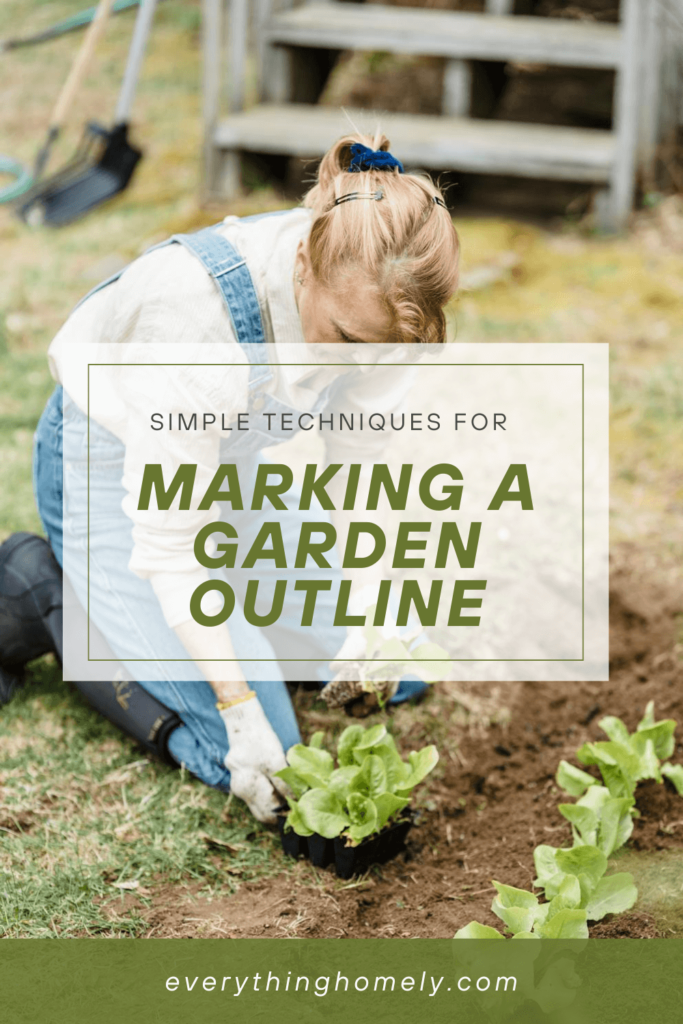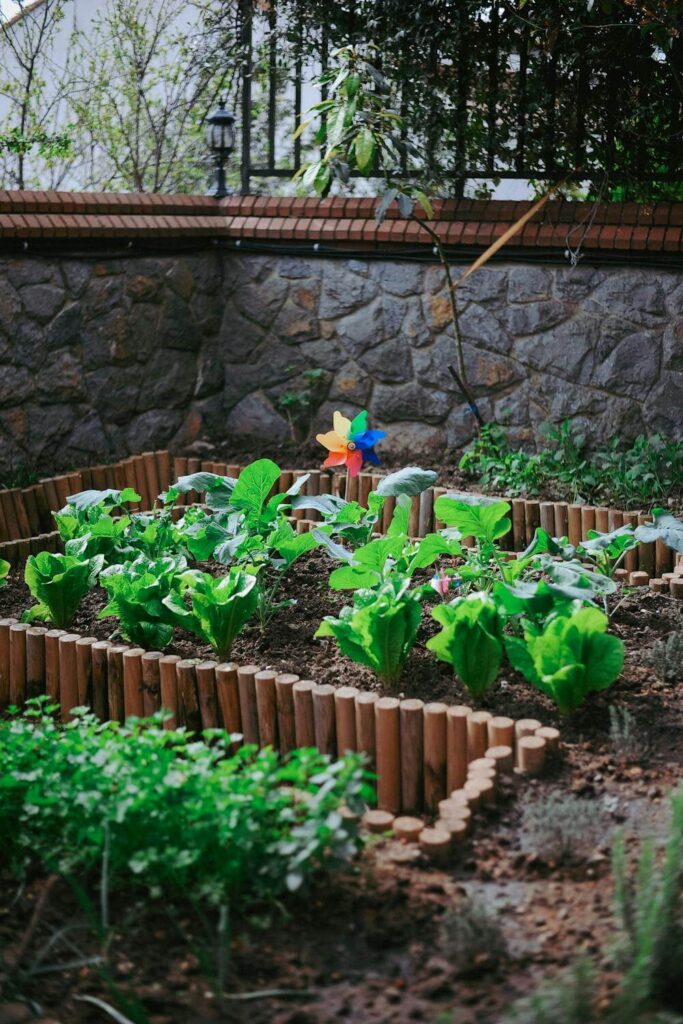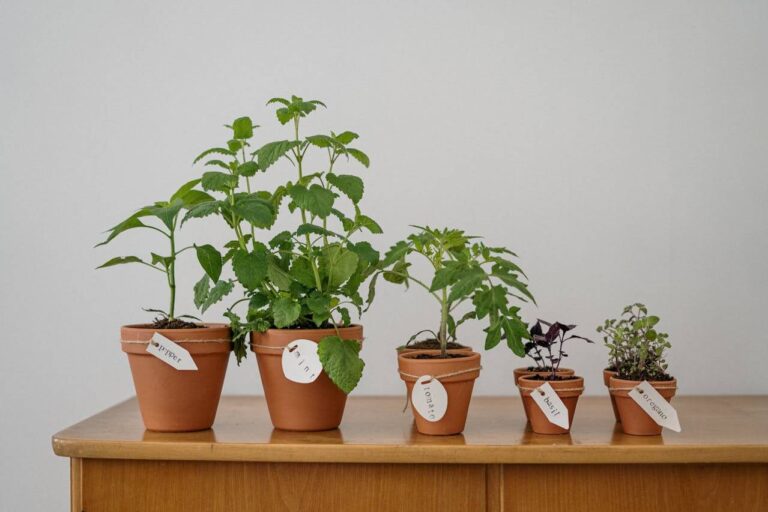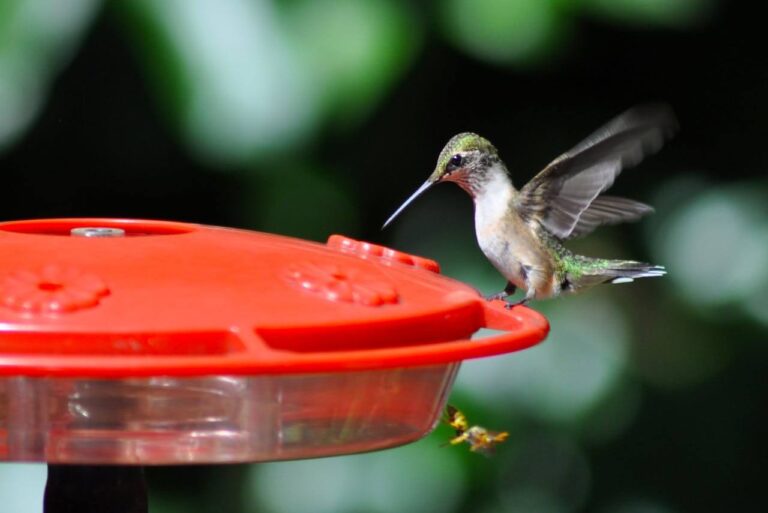
Marking a garden outline is the first step in creating a flower garden. A garden outline makes the flowers and shrubs look beautiful. So, what are the techniques for marking a garden outline? Let’s have a look at this basic technique that every gardener should know.
A garden display site is an area marked out as beds or borders. There can be various shapes and sizes. Formal beds have straight defined edges. They can be either square rectangular or oval. There are irregular or natural edges in the informal types of edges.
A garden outline marking creates a clean and crisp line that defines where the garden bed starts and ends. It empathizes with the space and cleanly separates it from other garden parts. It also prevents grasses from invading the flower beds and enhances the garden’s aesthetics.
For marking a garden outline these techniques are simple and helpful in designing a beautiful and neat garden:
1. Use Stake and String
To help visualize the borders, trace its edges with strings tied to stakes. This is a good idea for straight-edged beds. Put a stake at the center point of the garden. Attach string to the stake and measure outwards at multiple points planting a stake at each point. Every outside stake should measure equal to the center point.
This is an easy and convenient way to mark the garden outline in any desired shape. This string line completely marks the edges of the bed. Think about what you want to plant in the bed and plan the width of the bed accordingly.
2. Use Garden Hose
Flower beds can be of any shape and size in the garden. The flexible garden hose is an easy tool to outline the edges of a flower bed. Keep the hose on the ground where you want the actual edge.
This allows you to try out the shape you are planning before digging. The hose is useful in creating curved designs. View it from different angles while envisioning the plants and adjusting the boundary. Try different options until you are satisfied.

3. Use Spray Paint
This is another technique to outline the garden bed. Spray the paint on the grass to mark the edges of the bed.
This establishes a boundary between the garden lawn and the bed. Its special paint is available in stores designed to be sprayed upside down. White color is preferred for clear visibility for marking.
Mark the boundaries using a spray can of landscape marking paint.
4. Sprinkle Powder
After forming the garden layout using string or flexible hose sprinkle powder or sand to create a marking.
Powdered chalk is another option for marking. It gives a clear idea of the marked area.

Different Outline Edging Ideas For Marking
Edging can be done from various materials. This can be plastic, metal, wood, and stone. It depends upon the personal interest and the garden style.
1. Plastic Edging
This is a versatile and cost-effective solution that enhances the aesthetics and functionality of the flower beds. Plastic edging materials are low maintenance and durable.
It is very effective for landscaping in rocky areas and easy to install in curved and angled beds.
This gives a clean finished look and is easy to work with. To install it, measure the garden beds and borders.
Plastic edging comes in big rolls. Dig the trench around the bed and sink the edges. Backfill the edging and anchor the edging in place.
2. Metal Edging
A metal landscape edging is an elegant and strong option. Metal edges are a way to offer clean and practical solutions for home gardens.
They keep plants and materials in place. It also creates a clean separation between the grass and the garden beds. Prevents migration of mulch or gravel.
It is durable even in cold weather, rain, or frost and does not crack or bend. These are not damaged by garden tools.
These metal edgings come in steel and heavy-gauge aluminum materials. Steel is more tough and durable.
When it comes to size, there are various design choices available. It comes in long strips about eight to ten feet long that have overlapping connections. These metal edges can be three to five inches high.
To install them dig two to three inches deep tench to insert the edging in the soil. Some metal edgings are available in built-in slots for inserting.

3. Pound-in Plastic Edging
These are easier to install and they also last for many years. Simply pound each interlocking piece into the ground with a rubber mallet. To turn a corner bend the sections to form the angle.
It gives a clean finished look around plantings. It creates a well-defined edge very easily and quickly. They are made from recycled plastics.
These are the cost-effective durable and easy-to-install solutions for marking a garden outline.
4. Eucalyptus Wood Edging
Eucalyptus wood borders are a beautiful solution for marking a garden outline.
The garden landscaping look can be revamped greatly from eucalyptus wood logs.
Galvanized wires connect these edgings. Its flexible design allows it to be installed in curved, circular and straight edged easily.
They are quite easy to install and last for several years. Hammer them in the design you want with a rubber mallet.
5. Stone Edging
A stone garden border edging creates visual interest and functionality in the flower beds.
It adds structure and texture to the garden. It protects plants from damage caused by lawnmowers or other garden equipment. They are long-lasting and easy to install and maintain.
There are endless options for stone edging the flower beds.
Some options are natural boulder stone, decorative chipping, gabion walls, and pebble edging.
Creating a stone landscape edging requires a variety of tools. This can be a shovel, wheelbarrow, stone-cutting saw, mason’s hammer, level, chisels, etc.

Final Words
Marking a garden outline with well-defined edges is a boon for ornamental flower beds. This is the first process of creating a flower garden. The flower bed can look neat and beautiful. There are several options to mark the edges of a pretty flower bed. It depends upon the taste and desires and the garden type.
So, grab your gardening and marking tools and get started on the process of revamping your garden. The flowers and plants in your garden will look more organized and beautiful









